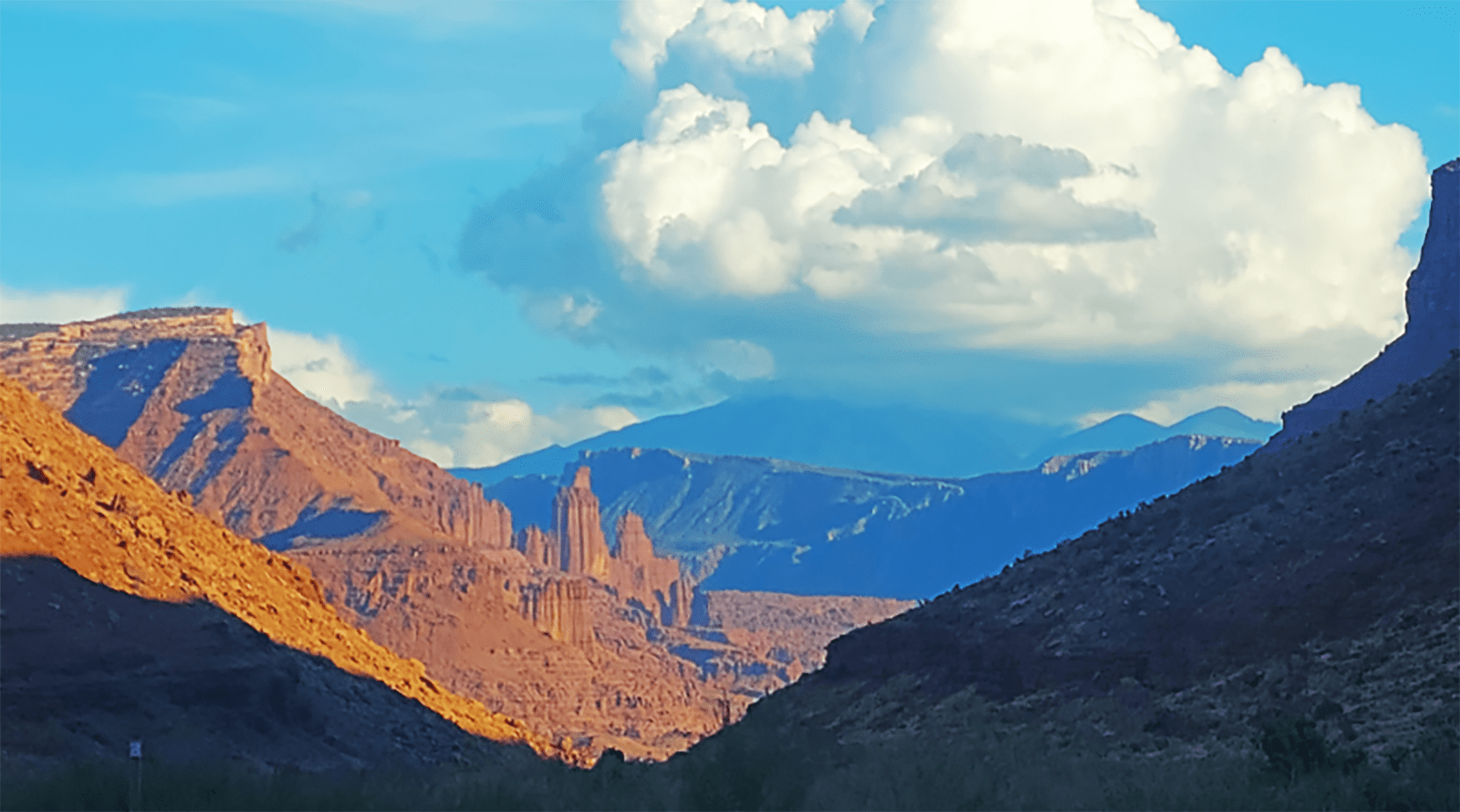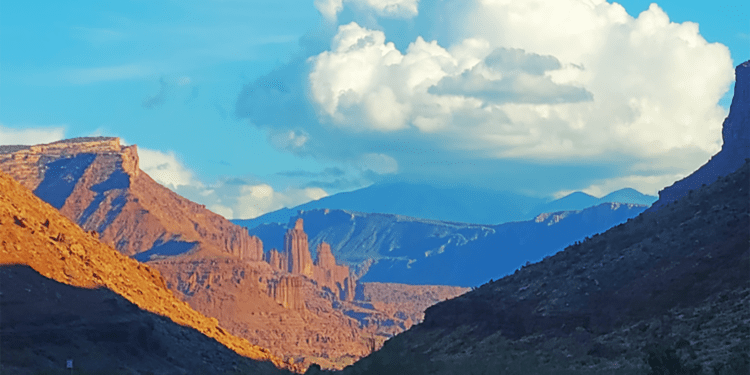

Sign up for daily news updates from CleanTechnica on email. Or follow us on Google News!
One of the big reasons to get away from the city is to see the magic of the night sky in all of its glory. Away from the bright lights, you can see things like the Milky Way, the zodiacal glow, and even a cool spot in the sky called the gegenschein if you get to a dark enough place. If you can find a nice national park or other tourist destination to check out during the day, you’ve got double the reasons to go.
Along with the aesthetic and emotional benefits of seeing the dark sky, there’s a lot of good reasons to dim the lights at night for the health of humans and other animals. Everything from our circadian rhythms, hormone levels, and mood are affected by artificial light at night, and getting those things wrong can cause cancer, depression, and lethargy among many other things. Animals face the added problems of losing their way on migrations and not being safe from predators (or, conversely, not being able to get a meal).
So, it’s essential that we get the light we need for safety at night while not using too much or wastefully shining it off into the sky and cause problems. It’s all about finding balance.
One town in Utah stands to really help with all of these things: Moab. The town’s already known for off-roading and all sorts of other outdoor recreation. Not only are there some amazing trails for everything from Cybertrucks to e-bikes, but there are also several national and state parks and monuments. Arches is a popular one, and it’s just outside of town. Canyonlands is also well-known. Other amazing areas include Glen Canyon, Natural Bridges, Hovenweep, and both the Utah Raptor and Dead Horse Point state parks.
Several of these parks are already certified Dark Sky parks, but keeping light from messing the whole area up requires a lot of work and coordination. And, the biggest source of artificial light in the area is the small city of Moab. So, they have to be an important part of any solution. Fortunately, they’re seeking certification, too!
It took a lot of work over the course of years, but the town is planning on submitting its application for certification in March. But, to get this done right, they town needs residents and visitors to check the lights out and give city officials their opinion on it. The lights are all set up to emit less blue light, with color options including 2400K and 3000K lights. Opinions on the color of the lights should be submitted to [email protected].
Just getting to this point took five years of work. City ordinances had to change, but residents will have several years (until 2029) to fully comply. Between the delay and some financial aid available for new lights, nobody should face much of a hardship from this. Between now and 2029, the city is able to get residents to fix up “nuisance lighting,” like uncontrolled flood lights that go into a neighbor’s window. This problem, called “light pollution,” has been a growing problem in the community.
One thing’s for sure, though: getting a little more darkness at night will make for some prettier skies over the next few years!
Featured image by Jennifer Sensiba.
Have a tip for CleanTechnica? Want to advertise? Want to suggest a guest for our CleanTech Talk podcast? Contact us here.
Latest CleanTechnica TV Video
I don’t like paywalls. You don’t like paywalls. Who likes paywalls? Here at CleanTechnica, we implemented a limited paywall for a while, but it always felt wrong — and it was always tough to decide what we should put behind there. In theory, your most exclusive and best content goes behind a paywall. But then fewer people read it!! So, we’ve decided to completely nix paywalls here at CleanTechnica. But…
Thank you!
CleanTechnica uses affiliate links. See our policy here.





